Aotearoa New Zealand-headquartered gentailer Lodestone Energy and China-headquartered solar energy storage solutions provider TrinaSolar have neared completion of a third agrivoltaic project together, which will be the first solar and agrivoltaic project connecting directly to New Zealand’s grid.
The build of new yards and necessary fencing to support livestock at the 69 GWh project, followed by the welcoming of the site’s grazing lessee later in 2025, are the only steps left for the Te Herenga o Te Rā solar farm to be fully functional.
The converted dairy to a 42 MWp solar farm is located at the Bay of Plenty, on the border of the Waiotahe Rover in the Ōpōtiki District, 350 southeast kilometres from Auckland.
Lodestone Energy Managing Director Gary Holden said Trinasolar’s Vertex N modules were the natural choice for the project, offering superior efficiency and power.
“When delivering projects at scale, this efficiency becomes even more critical, ensuring we maximise energy output while maintaining reliability. The n-type i-TOPCon technology also enhances longevity, aligning with our commitment to building durable, high-performing solar farms,” Holden said.
“With Te Herenga o Te Rā, our largest solar farm yet, we’ve continued to strengthen our partnerships. Trinasolar’s high-quality modules, robust supply chain, and on-ground support have been instrumental in making this project a success—our third collaboration with them. With these three projects at full generation, we can power around 25,000 Kiwi homes each year.”
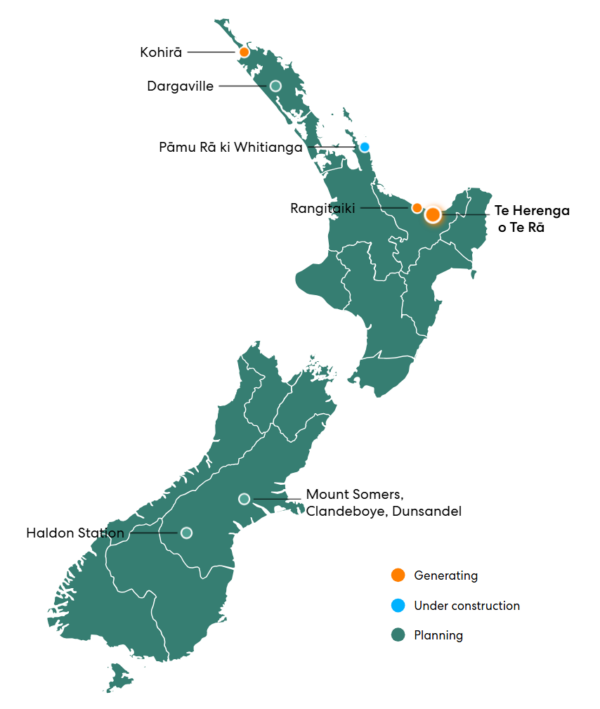
Construction on the 71,000+ module utility-scale Te Herenga o Te Rā solar farm began in 2023 and achieved first generation in December 2024 and once operational will generate 69 GWh of clean energy annually or the equivalent to power 10,000 homes.
The partnership between Lodestone and TrinaSolar has resulted in nearly 200,000 TrinaSolar modules deployed across Lodestone’s three operational farms in Kaitaia, Edgecumbe and the latest, in Waitaohe.
Trinasolar Australia and New Zealand Head Edison Zhou said Te Herenga o Te Rā is a standout example of how solar and agriculture can work together seamlessly.
“Globally, interest in agrivoltaics is accelerating, and Lodestone is at the forefront of delivering large-scale, dual-use projects. Their work is setting a benchmark for agrivoltaics initiatives worldwide, and we’re excited to be part of their journey,” Zhou said.
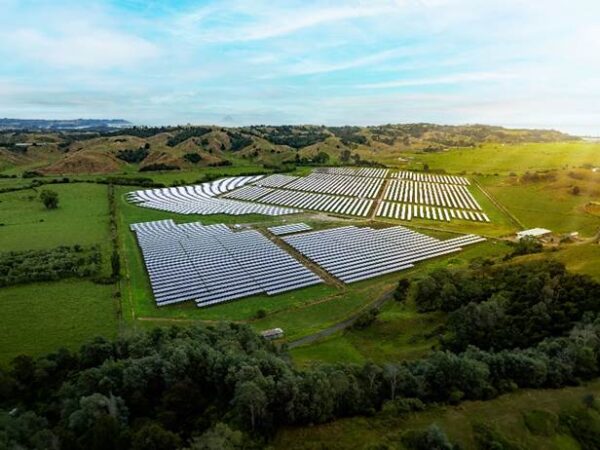
Image: Lodestone Energy
Sheep grazing will be integrated into the solar farm under elevated solar modules to accommodate the livestock. The panels will provide shade during warmer months reducing heat stress, and the sheep will graze grass growth around the mounts reducing maintenance costs, herbicide use, and machinery emissions.
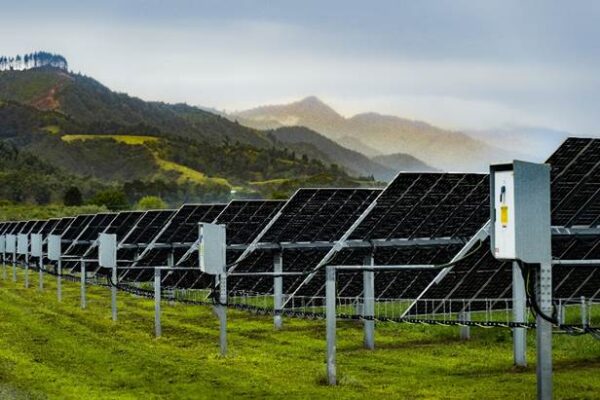
Pastoralist and Grazing Lessee Connor Dent of Lodestone’s first agrivoltaics project, Kohirā, said his experience so far has been positive.
“As a civil engineer, I was directly involved in constructing Lodestone’s first solar farm, Kohirā, which gave me a unique perspective on the project from the ground up. Through this work, I became aware of the opportunity to trial grazing under the panels and was keen to take it on,” Dent said.
“Since then, I’ve seen firsthand the benefits of agrivoltaics for both the land and livestock. The panels provide shelter, which has improved lamb survival rates, and we’ve noticed better grass retention through dry periods.”
He added there are some challenges, like managing fertiliser application and working the dogs when the panels are tilted, but overall, it’s been a really positive experience. Seeing the project through from construction, to now farming on the land has been incredibly rewarding.”
This content is protected by copyright and may not be reused. If you want to cooperate with us and would like to reuse some of our content, please contact: editors@pv-magazine.com.
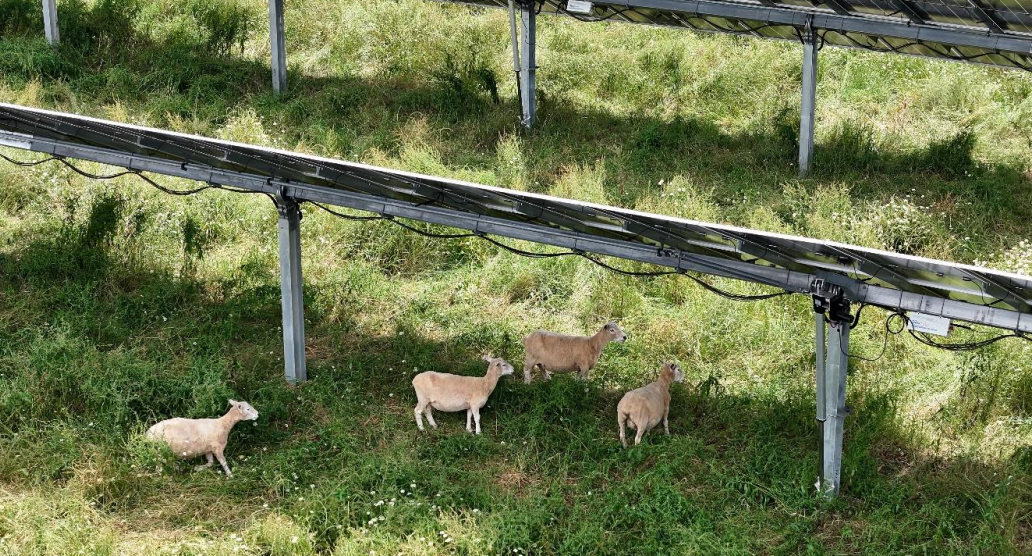
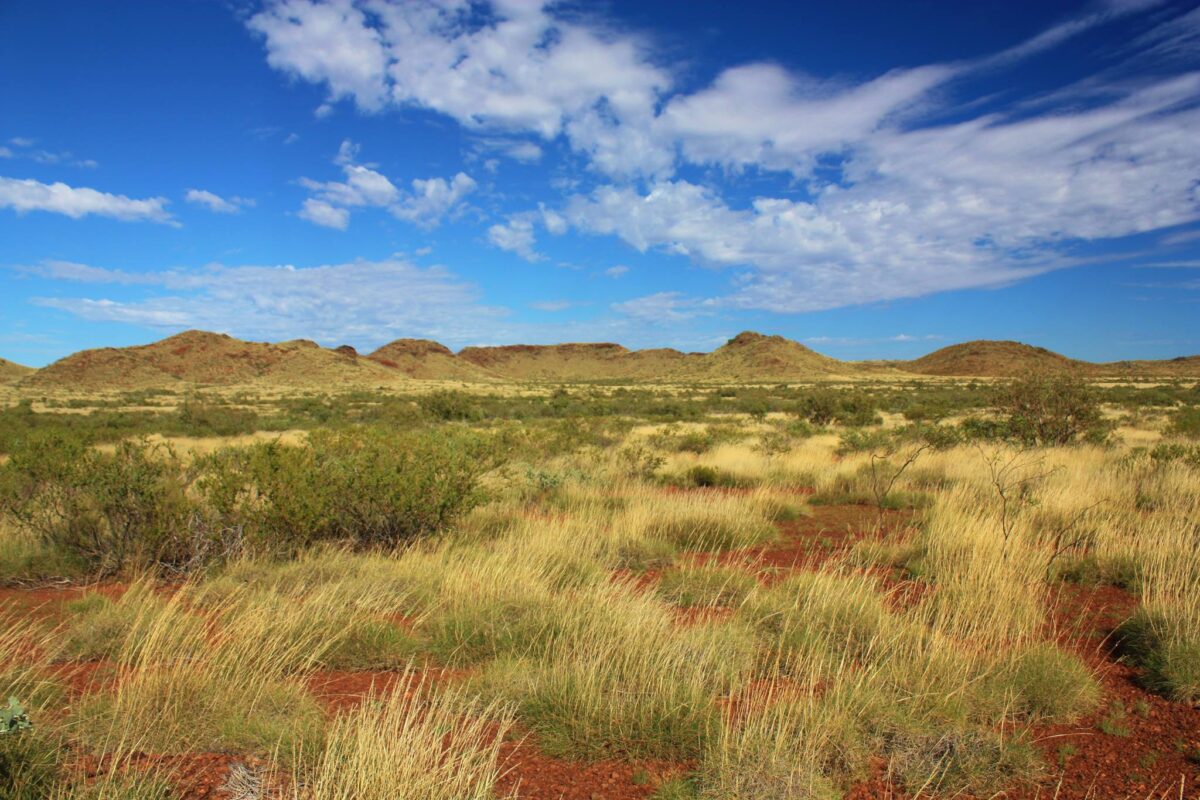







By submitting this form you agree to pv magazine using your data for the purposes of publishing your comment.
Your personal data will only be disclosed or otherwise transmitted to third parties for the purposes of spam filtering or if this is necessary for technical maintenance of the website. Any other transfer to third parties will not take place unless this is justified on the basis of applicable data protection regulations or if pv magazine is legally obliged to do so.
You may revoke this consent at any time with effect for the future, in which case your personal data will be deleted immediately. Otherwise, your data will be deleted if pv magazine has processed your request or the purpose of data storage is fulfilled.
Further information on data privacy can be found in our Data Protection Policy.